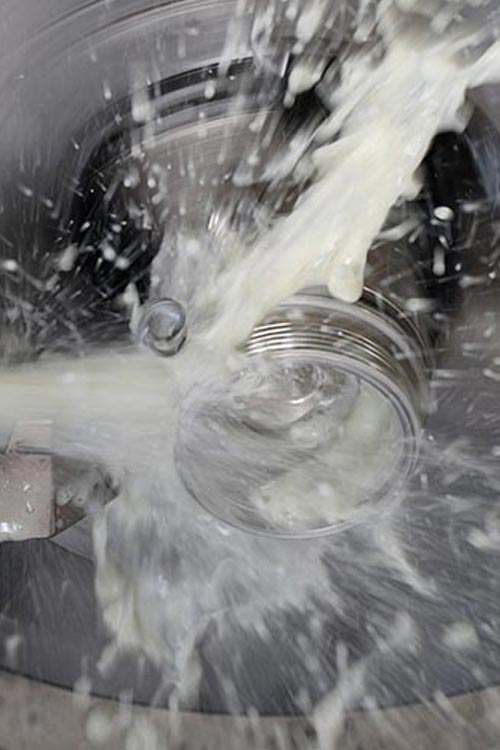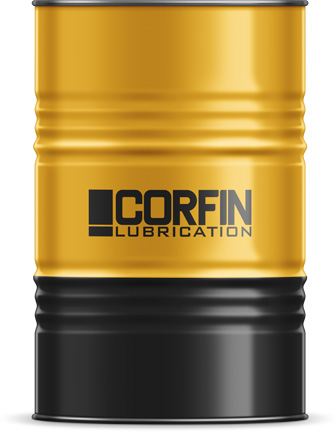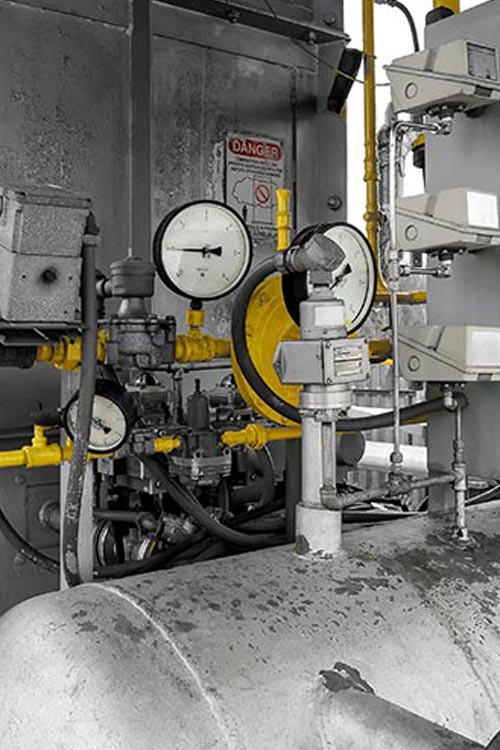SKU 320187
Category Oils
Metal Processing Oils
BRY 16
Metal Processing Oils Advantages
Helps reduce the heat generated when machining, grinding, cutting or milling metal. Provides a much more effective and shorter process when working on the surface.
When metalworking oils are mixed with 5% water, they form a milky emulsion with high stability. The emulsion should be prepared by slowly adding the oil to the circulating water in the tank. Never add water directly to the oil.

Helps to reduce the heat generated by the cutting tool during metal cutting.
Reduces friction, allowing smoother cutting of metal.
Prevents parts from burning and smoke formation.
Metal Processing Oils Features
- Contributes to safer metal processing.
- Improves quality of workpiece cut.
- Prevents equipment from overheating, burning and smoking.
- Reduces process time by keeping cutting material clean.
- Contributes significantly to extended tool life.

Metal Processing Oils Usage Areas
Which Industries
Should Prefer?



You can contact us for any questions you may have
YOU MAY
ALSO
INTEREST
PRODUCTS
Metal Processing Oils Tech Data
| METALWORKING LUBRICANTS ANALYSIS | STANDARD | ISO VG 16 | |||||||
| Color | Yellow | ||||||||
| Appearance | Clear Bright | ||||||||
| Viscpsity (40 °C) | ASTM D445 | 16 | |||||||
| Emulsion (95/5, 24 hours) | Visual | Determined | |||||||
| Emulsion pH (5% distilled water) | Visual | 8,7 | |||||||
| Density (20°C-g/ml) | ASTM D1298 | 0,873 | |||||||
| Rust Test | ASTM D665B | Pass |
Metal Processing Oils Frequently Asked Questions
Contact Form

MADE IN
TÜRKİYE
FOR ALL ORDERS
FREE SHIPMENT
ON-SITE PROBLEM
DETECTION
TECHNICAL
CONSULTING
ADVANTAGES OF METALWORKING OILS
Metalworking Oils contain chemicals that help prevent rusting and corrosion. Provides effective results by providing excellent lubrication and cooling when processing metals such as aluminum, copper, steel and cast iron. Extends equipment life by reducing bacterial growth. Reduces scrap by extending the life of cutting tools. Keeps chip boiling under control in heavy duty operations and keeps the machined surface smooth and clean. Maintains performance even in hard water by forming a stable emulsion. Does not smoke or smell.
The information contained on this page is based on our current experience and is intended to provide information on appropriate use or application based on technical experience. It does not constitute a warranty or guarantee for the product. It is recommended that you contact us for your specific applications and for more comprehensive information. Akoni Kimya reserves the right to change all of the information on this page without notice.
SKU 320187
Category Oils
Metal Processing Oils
BRY 16

CLASS OF USE
Metal Processing
BASE OIL
Other
VISCOSITY
16
20 L, 200 L
1-3 Weeks
-
MADE IN
TÜRKİYE
-
FOR ALL ORDERS
FREE SHIPMENT
-
ON-SITE PROBLEM
DETECTION
-
TECHNICAL
CONSULTING
Metal Processing Oils Advantages
Helps reduce the heat generated when machining, grinding, cutting or milling metal. Provides a much more effective and shorter process when working on the surface.
When metalworking oils are mixed with 5% water, they form a milky emulsion with high stability. The emulsion should be prepared by slowly adding the oil to the circulating water in the tank. Never add water directly to the oil.

Helps to reduce the heat generated by the cutting tool during metal cutting.
Reduces friction, allowing smoother cutting of metal.
Prevents parts from burning and smoke formation.
Metal Processing Oils Features
- Contributes to safer metal processing.
- Improves quality of workpiece cut.
- Prevents equipment from overheating, burning and smoking.
- Reduces process time by keeping cutting material clean.
- Contributes significantly to extended tool life.

Metal Processing Oils Usage Areas
Which Industries
Should Prefer?


You can contact us for any questions you may have
IN THESE PRODUCTS
YOU MAY BE INTERESTED
Metal Processing Oils Tech Data
| METALWORKING LUBRICANTS ANALYSIS | STANDARD | ISO VG 16 | |||||||
| Color | Yellow | ||||||||
| Appearance | Clear Bright | ||||||||
| Viscpsity (40 °C) | ASTM D445 | 16 | |||||||
| Emulsion (95/5, 24 hours) | Visual | Determined | |||||||
| Emulsion pH (5% distilled water) | Visual | 8,7 | |||||||
| Density (20°C-g/ml) | ASTM D1298 | 0,873 | |||||||
| Rust Test | ASTM D665B | Pass |
Metal Processing Oils Frequently Asked Questions
Contact Form
ADVANTAGES OF METALWORKING OILS
Metalworking Oils contain chemicals that help prevent rusting and corrosion. Provides effective results by providing excellent lubrication and cooling when processing metals such as aluminum, copper, steel and cast iron. Extends equipment life by reducing bacterial growth. Reduces scrap by extending the life of cutting tools. Keeps chip boiling under control in heavy duty operations and keeps the machined surface smooth and clean. Maintains performance even in hard water by forming a stable emulsion. Does not smoke or smell.
The information contained on this page is based on our current experience and is intended to provide information on appropriate use or application based on technical experience. It does not constitute a warranty or guarantee for the product. It is recommended that you contact us for your specific applications and for more comprehensive information. Akoni Kimya reserves the right to change all of the information on this page without notice.




